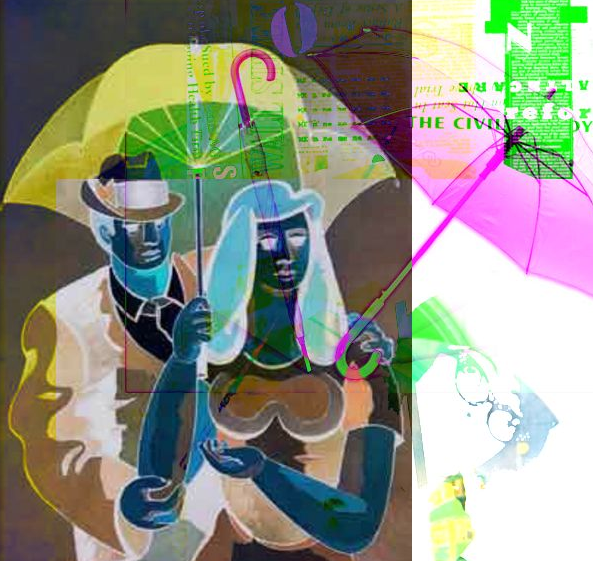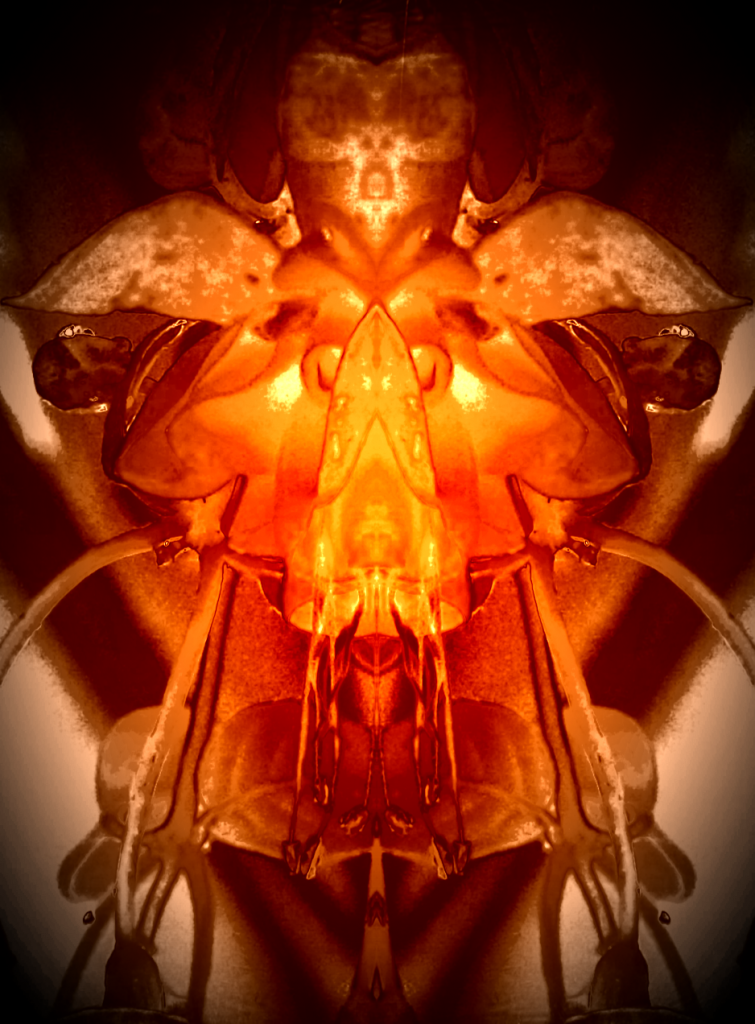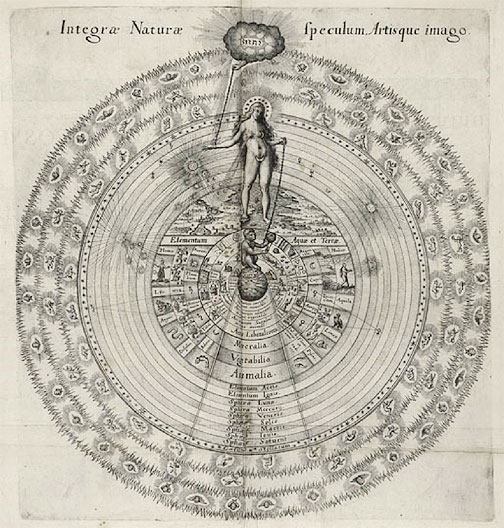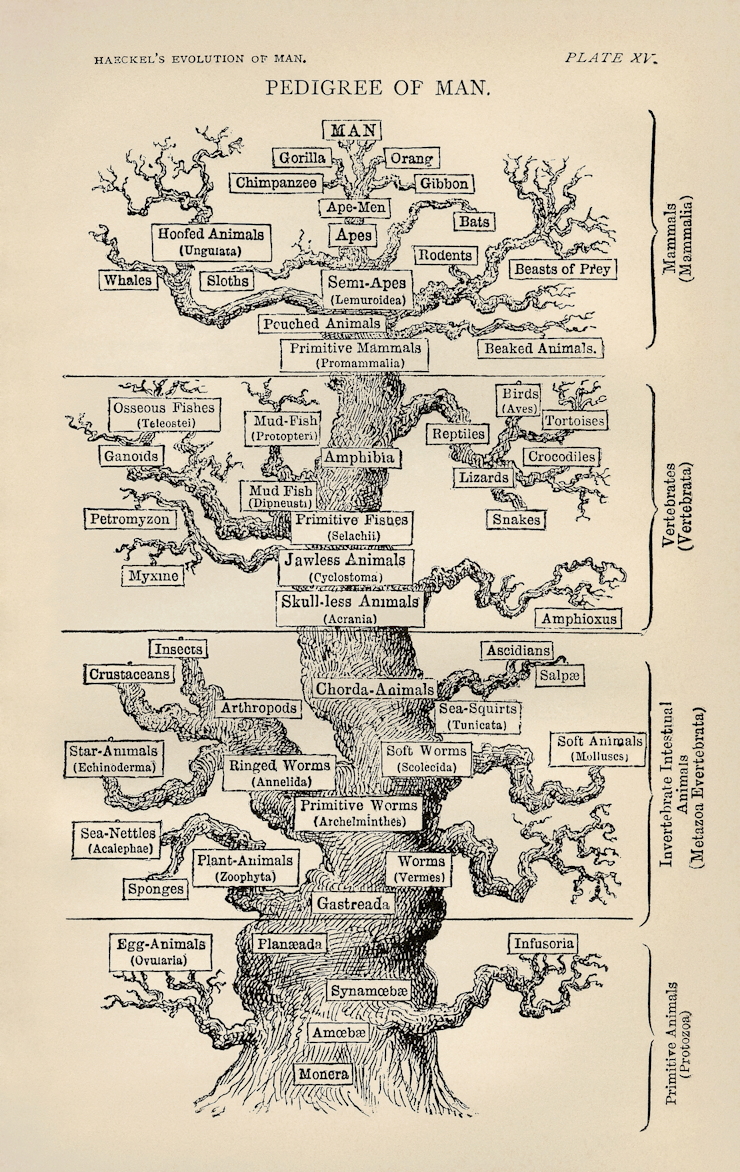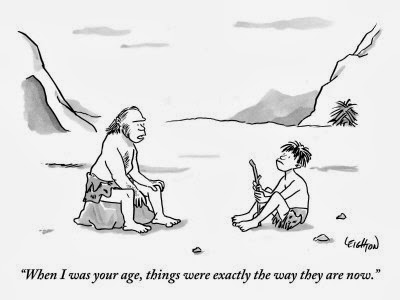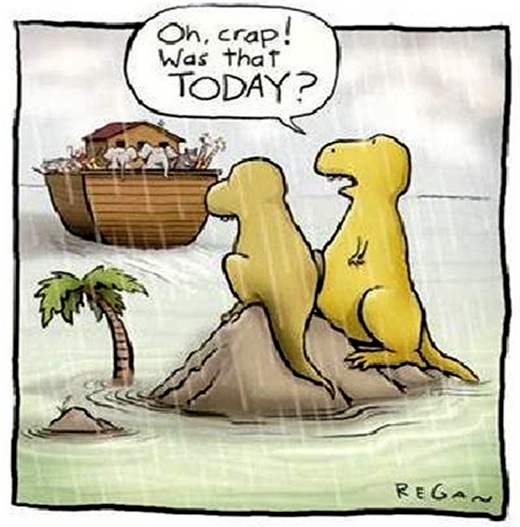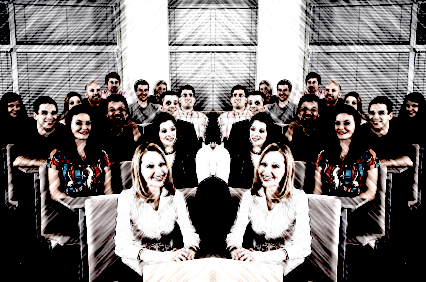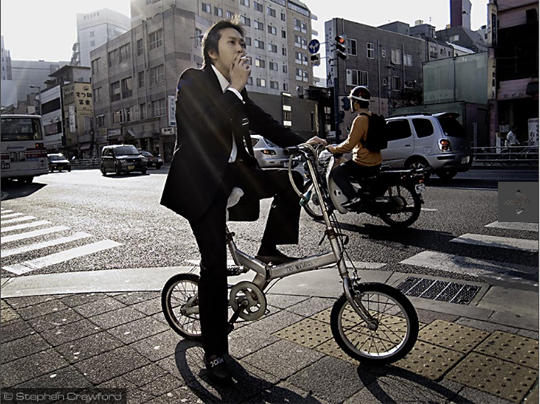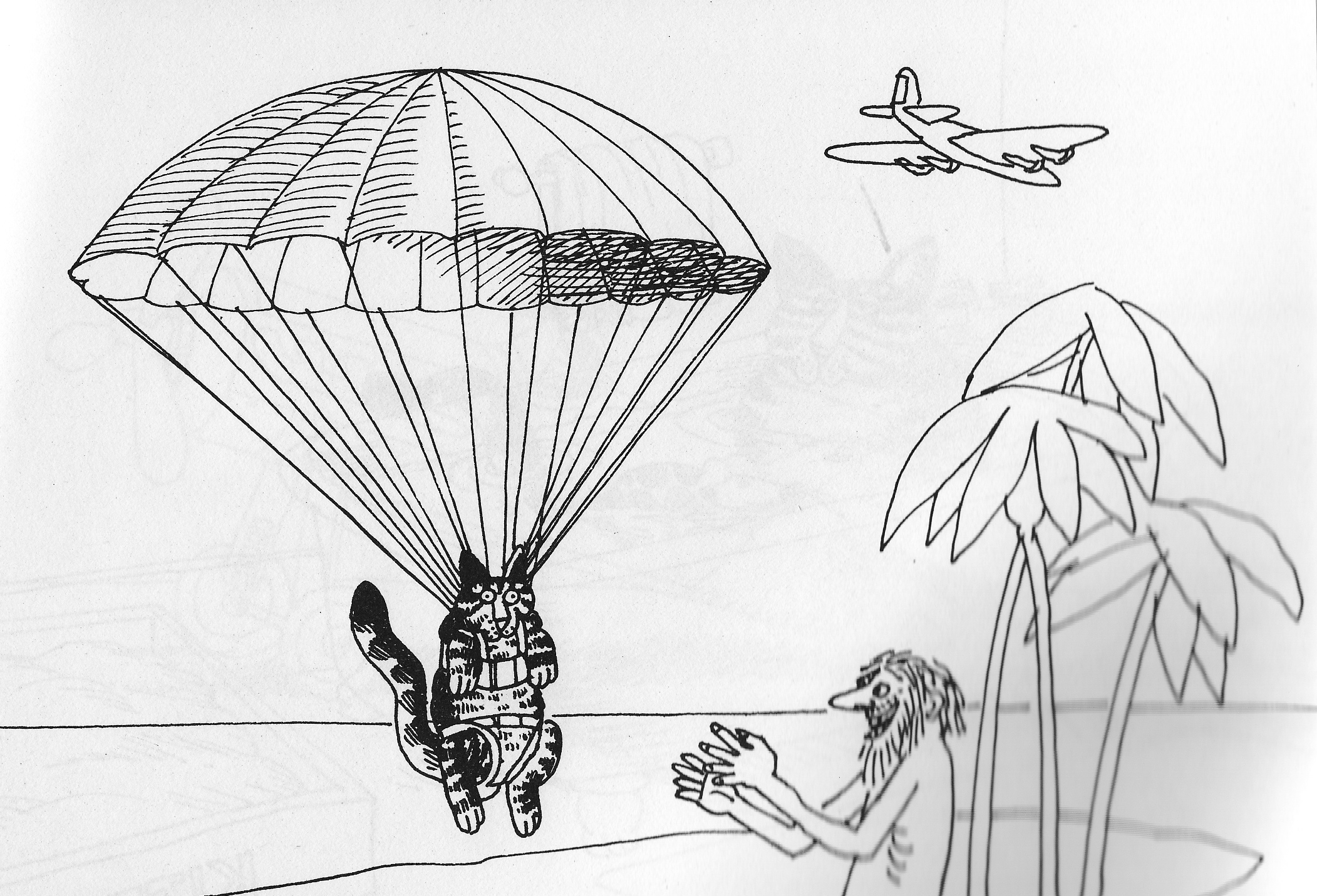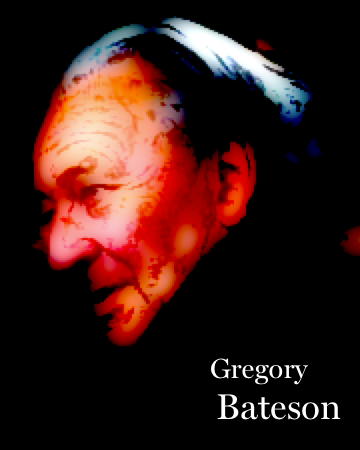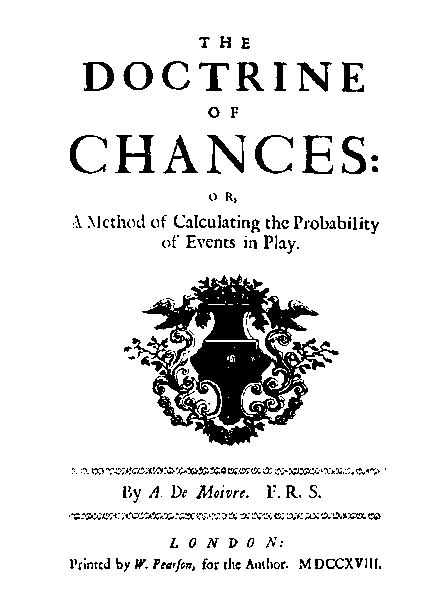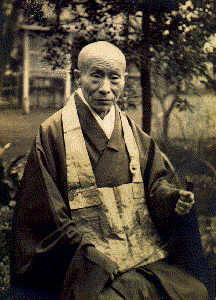Paul Kugler came up in a conversation about the problem incurred by supporters of Analytical Psychology as those same supporters age without, in effect and in actuality, having created a socio-cultural succession plan. This leads to a mild synchronicity when I search for Kugler’s ideas and run across very resonant materials; and I mean here personally resonant.
Editor: What do you mean by ontological?
Kugler: One’s functioning definition of reality. If you change your working definition of reality you run the risk of precipitating a psychotic reaction. Psychosis, as you know, is a disturbance of reality. Psychotic episodes are often accompanied by religious conversions. I have known clinical cases where the patient has undergone multiple conversions during a single episode. Because of the profound psychic disturbances associated with shifts in our belief systems., the bedrock or our personality. Jung was very apprehensive about Westerners taking on Eastern belief systems. When you take on those patterns of thought, you alter your definition or reality
Editor: There is an experience that precedes the verbalization. An experience that is without verbal labels. I think that in attempts to construct that experience verbally, what’s happening is we are finding that the Eastern constructions fit the experience better than the Western constructions, although I think they’re the same. The experience is fundamental, the origin. The Eastern set of symbols, set of concepts, are a better expressions of experience.
Kugler: How do you determine what is “better”?
Editor: It’s the sense of a good fit. I have an experience of lucid dreaming, alright? This is an experiential reality. There’s a verbal element to it: I know I am dreaming, and that it is verbal. It’s quite verbal. It’s a sentence that is said in the dream. But, there’s an experience without verbal labels that is pervasive, deep, profound.
Kugler: I have a sense of what you are referring to, but I have a lot of questions as to how you are going to escape the bias imposed on our understanding by language. The nature of the relation between lived experience and its representations is very complicated. The representational level has a significant influence on how we construct and speak about “reality”. For example, in the nineteenth century the linguistic metaphors and narrative structures we used to construct our discourse were quite different from today. The master narratives of the past century were influenced by the Victorian novel, on the one hand, and the Newtonian fantasy of cause and effect on the other. Much of science is still modeled on these master narratives: begin with a problem or crime, casually follow the clues backward in time through a series of ups and downs in the plot, the parapetia, until you find the cause of the problem or the person “who done it”.
Hunt: Freud’s case histories?
Kugler: Yes, Freud’s case histories. This master narrative dominated 19th and early 20th century literature and science. And in some areas it still is in use today. At the turn of the century James Joyce, almost single handedly, introduced a new form of the novel and with it came a new master narrative. In writing Finnegan’s Wake and Ulysses, he created a novel that could not be read only once. The problem with the Victorian novel was once you know “who done it” the plot was not so engaging. Joyce constructed a novel in which the clues given at the end only made sense at the beginning during the second and third readings.
Editor: A good movie’s that way.
Kugler: Also, Joyce plays so extensively with the polysemic quality of language through endless puns, that every time you reread the text there are shifts in the meaning of the novel. The construction of the narrative is not casual, nor does it have a singular meaning of definite perspective. Joyce was beginning to develop what we now recognize as the post-modern novel. In the post-modern novel the narrative line is not characterized so much by causal connections and plot developments, as it is by ontological shifts. For example, the structure of a post-modern novel might be something like this: As the story goes, you are having dinner with Harry Hunt and Paul Kugler, interviewing them for a journal article. The interview focuses on dreams, question of lucidity, self-relativity, the problems associated with Westerners taking on Eastern belief systems and so on. Part way through the interview you suddenly realize that you are actually dreaming and that your interview with Dr. Kugler on lucidity in dreams is itself only a dream. At this point in the dream you are asked by Kugler the following questions: What will happen to your dream people, the little people as Jung called them, if through your meditation practices you succeed in emptying your dreams of all content? What will happen to this dream content? What will happen to this interview? You suddenly awaken, confused and uncertain as to whether you actually interviewed Kugler of whether it was only a dream. As you struggle with this question you suddenly realize that you are still dreaming…
Now, this type of narrative construction is characteristic of the post-modern novel. Ray Federman’s Double or Nothing and Two Fold Vibration are wonderful examples of this style of composition. The self-reflexive structure with its continuous ontological shifts is very different from the Victorian with its causal structure, stable meaning and singular reality. In many ways the post-modern novel is similar to Japanese movies with their de-emphasis on plot and subtle concern with differentiating the various levels of reality.
As we become more aware of the problems of ontology and the difficulties involved in differentiating levels of reality, we see a greater similarity between our lived experience and the philosophical narratives of the East. Whether we understand the lived experience of the Easterner is another question. There are many ground principles in the Eastern systems of thought that are alien to the Western mind.
Kugler: We, for example, tend to ground our systems of thought on something while the East tends to ground its belief systems on nothing. The idea of using “nothingness” as a first principle is extremely difficult for many Westerners to grasp.
There’s a wonderful Sufi story that plays with the tension between the primacy of a known god-term and nothingness. The story is set in a medieval village where the villagers are seated during meetings according to their social rank. The person who holds the highest rank rakes the highest seat. One day the villagers are gathering and the prime minister is setting in his seat when a beggar wanders into the village and takes the seat just above hem. He is, of course, very disturbed by this, and asks the beggar just “ who do think you are to take that seat? Do you think you are the prime minister?” The beggar thinks for a few minutes, and says “No”. So the prime minister asks, “Well, do you think you are the king to take that seat?” The beggar thinks again for a few minutes and replies again for a few minutes and replies. “No”. So the prime minister asks “Well then, do you thing you are the prophet to take that seat?” The beggar looked at him and replied, “No.” This time the prime minister asked if he thought he was God to sit there. And again the beggar replied “No.” At this point the prime minister was very upset and he exclaimed “But nothing sits above God”, to which the beggar replied. “Yes, and that nothing I am.”
Editor: I love it.
Kugler: it’s a very complicated ending because you can sense how language catches us up in its internal tension between referentiality and significance.
Hunt: In the Tibetan Buddhist tradition I think they’re quite eager, at least now, to press on people the term openness for emptiness or nothing. In other words, if it has a referential sense, it’s a kind of openness. It’s the space that’s filled by structure. The difference, perhaps, between the Eastern relativism and the Western relativism in that in that oscillation between open possibility and the structure that are given birth to the Eastern oscillation would have you end up on the side of the bare awareness.
Kugler: The Eastern relativity ends up with the unknown, while Western relativity ends up with the known.
Hunt: So playing with structure, with the accent on structure, rather than the accent on detachment. Although both are necessary.
Kugler: I’ll tell you two stories which illustrate my point. The first story reflects more of the modernist attitude, which we might call the Western attitude towards relativity. And the second is closer to the post-modern and Buddhist attitude. The first story Jung was very fond of telling as an illustration of his concept of the Self. The story illustrates the function of a transcendental meaning (ref. morning lecture) in relation to relativity. The story is found in the 18th Book of the Koran and begins with Moses meeting Khidr (The “Green One”) in the desert. The two wander together for a while and Khidr expresses his fear Moses will not be able to witness his deeds without judgment and indignation. Khidr tells Moses that if he cannot trust and bear with him, then Khidr will have to leave him. Moses agrees.
After a short time they come upon a poor fishing village where Khidr sinks the fishing boats of the villagers. Moses is upset seeing this, but remembers his promise and says nothing. A short time later they arrive at a decaying house of two pious young men, just outside the wall of the city of non-believers. Khidr goes up to the city wall which is falling down and repairs the wall, rather than the house of the two believers. Again Moses is disturbed by Khidr’s actions, but says nothing. The story continues in this fashion until finally Moses sees something so intolerable that he can no longer hold back from making a comment. This causes Khidr to leave. But, before his departure, Khidr explains why he acted as he did. In the first instance, pirates were on their way to steal the fisherman’s boats and by sinking them, Khidr actually saved the boats from being stolen. In the second instance, by rebuilding the wall of the city of non-believers, Khidr actually saved the two young men from ruin, because their life fortune was hidden under the city wall and about to be revealed and stolen. As Khidr left, Moses realized that his moral judgement and indignation had been too hasty and that Khidr’s actions, which at first he interpreted as bad, were in fact, not.
The second story I would characterize as a narrative representing the Post-modern problematic. It’s an old Taoist story about a farmer who has a son and a horse. One day, the farmer goes outside to find that his only horse has run away. It’s a small town and the neighbors hear about it and come to visit that evening and tell him what a terrible thing it is that happened. The farmer listens to them, thinks for a while, and responds, “I don’t know.” The next week the horse runs up into the mountains and takes up with a herd of thirty wild horses. After running with them for a few weeks, the farmer’s horse leads the wild horses back to the corral. The farmer goes out and finds he now has thirty-one horses and closes the gate. Word gets out and the neighbors come to see him that evening and tell him how wonderful this is. The farmer thinks for a long time and says “I don’t know”. The following day his only son goes out to tame the wild horse. He climbs on the first horse and is thrown breaking his leg, so he can’t work. The neighbors hear about this and come over to the house that evening and tell him what a terrible thing this is. The farmer thinks for a while and responds “I don’t know”. The next day the country breaks out in a war and the man in charge of draft inscription arrives to draft the son to the front line where he probably will be killed. He finds he has a broken leg and tells him he does not have to go to war. And the neighbors hear about this and come over that night and tell the farmer how wonderful it is that his son does not have to go to war. And the farmer responds “ I don’t know”.
Both stories relativize through recontextualization, but where they differ is that the first story has a personification (Khidr) who “knows” the future, while in the second story there is only “not knowing”. There is only the farmer who questions the neighbors’ tendency to fix a specific interpretation to an event. The two stories present very different ways of relativizing.


